Nutrena Loyall Life All Life Stages Chicken and Brown Rice Recipe Dry Dog Food
Every bag of Nutrena® Loyall Life® Super Premium Pet Food supports immune strength and easy digestion, while helping promote healthy mobility for the dogs and cats you love. Each recipe also features a high-quality protein source as the number one ingredient. No matter which flavor you choose, you can always count on expertly formulated, wholesome nutrition.
Loyall Life® All Life Stages Chicken & Brown Rice Recipe offers super-premium nutrition that’s ideal for families with dogs of different ages and sizes. It features chicken as the #1 ingredient for a high protein diet along with a variety of fruits and vegetables. As a wholesome option, it’s always free from by-products, corn, wheat, and soy.
Every bag of Nutrena® Loyall Life® Super Premium Pet Food supports immune strength and easy digestion, while helping promote healthy mobility for the dogs and cats you love. Each recipe also features a high-quality protein source as the number one ingredient. No matter which flavor you choose, you can always count on expertly formulated, wholesome nutrition.
Loyall Life® All Life Stages Chicken & Brown Rice Recipe offers super-premium nutrition that’s ideal for families with dogs of different ages and sizes. It features chicken as the #1 ingredient for a high protein diet along with a variety of fruits and vegetables. As a wholesome option, it’s always free from by-products, corn, wheat, and soy.
- Optimize Your Pet’s Health: One-of-a-kind TruMune™ power provides hundreds of beneficial bioactive compounds working to help support your pet’s immune strength and mobility.
- Support Their Digestion: Our patented Opti-Cook® process and added prebiotics and probiotics help provide special digestive support.
- Provide Wholesome Nutrition: Nutrena® Loyall Life® products do not include corn, wheat or soy and are free from artificial colors, flavors or preservatives.
- Supports Puppy’s Development: This All Life Stages recipe includes added DHA to help support healthy brain and vision development as well as the calcium and phosphorus puppies need for proper bone development
- Healthy Skin & Coat: Guaranteed levels of Omega 6 & Omega 3 fatty acids support coat and skin health
- Satisfaction Guaranteed: If you aren’t completely satisfied with this product, please return it to your retailer with receipt within 30 days of purchase for a full refund.
Additional information
| Country of Origin | Made in USA |
|---|---|
| Breed Size | Extra Small, Small, Medium, Large, Extra Large |
| Flavor | Chicken and Brown Rice |
| Health Features | Brain Health, Bone Health, Immune System Support, Vision Health, Digestion Support, Skin & Coat Health |
| Life Stage | All Life Stages |
| Primary Flavor | Chicken, Brown Rice |
| Special Diets | Wheat Free, Probiotics, Soy Free, Preservative Free, Includes DHA, High Protein, Omega Fatty Acids, Corn Free |
| Manufacturer Part Number | 136117-40 |



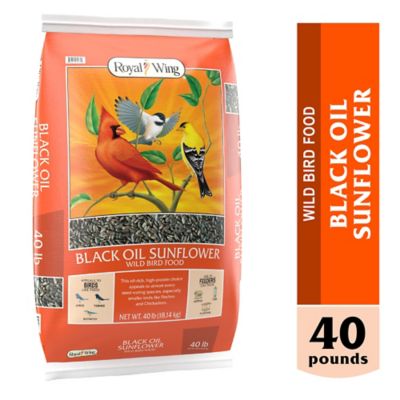
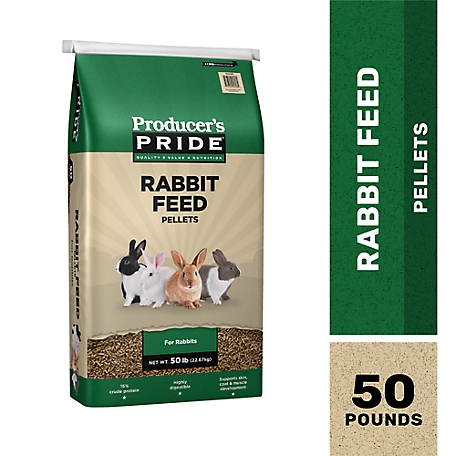
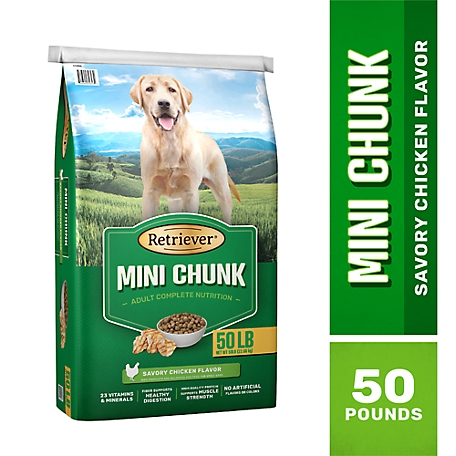
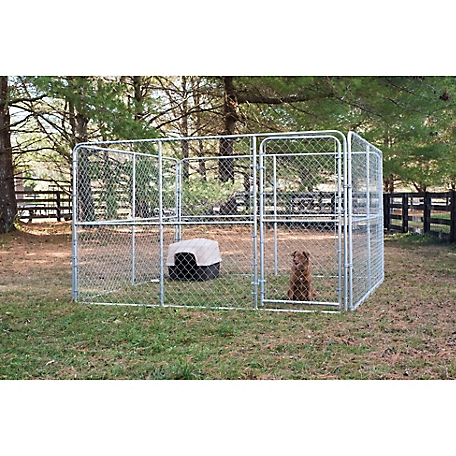
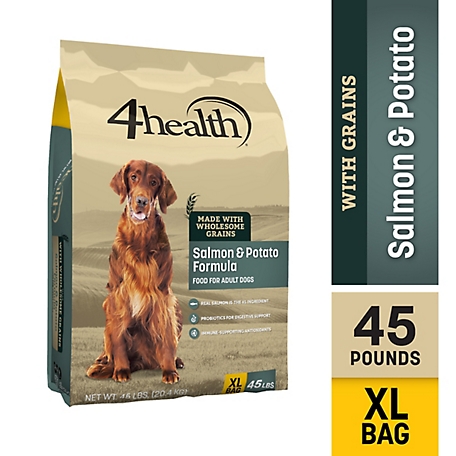
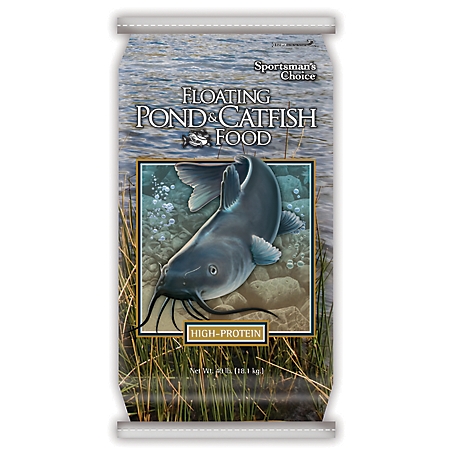
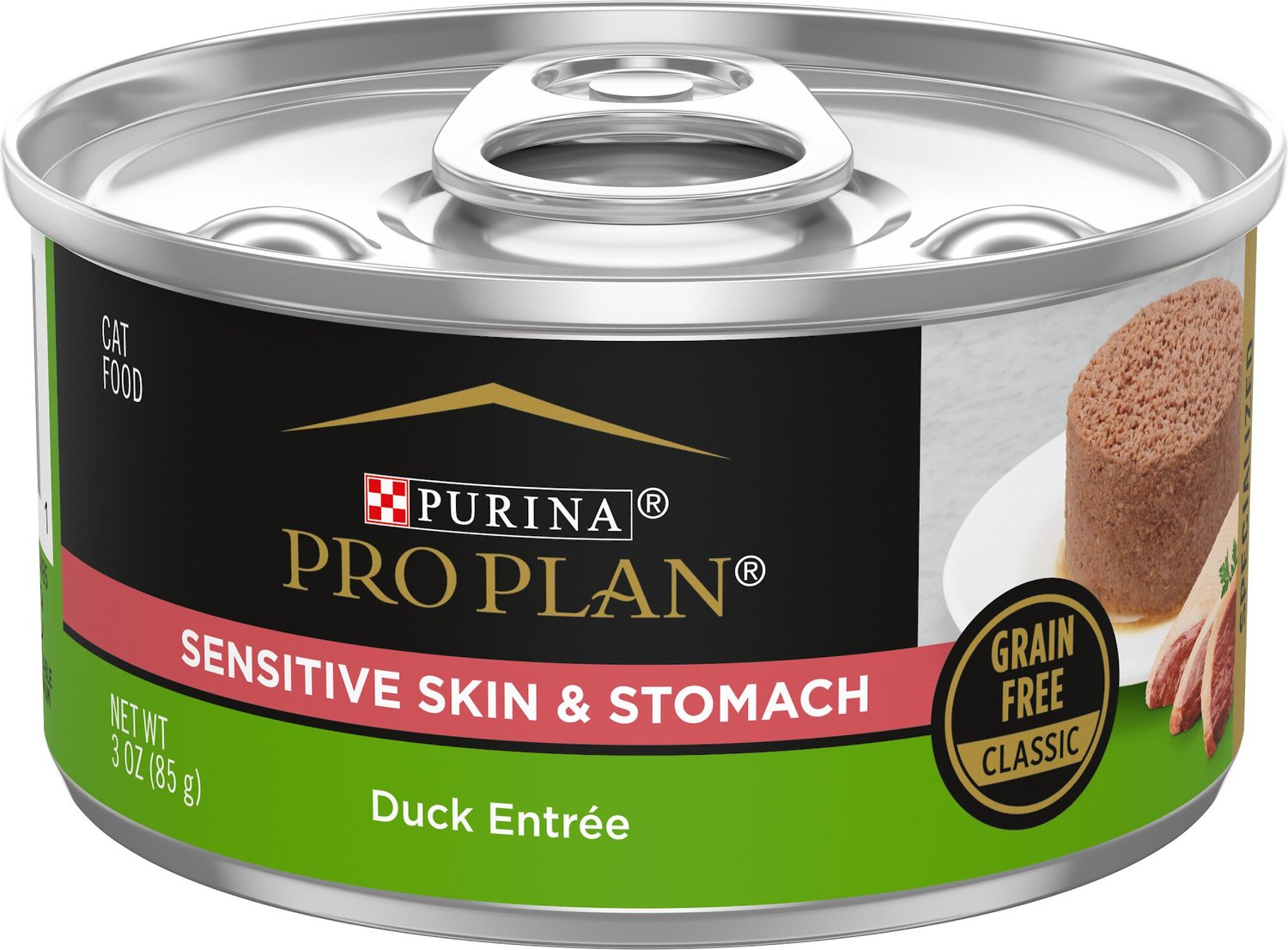
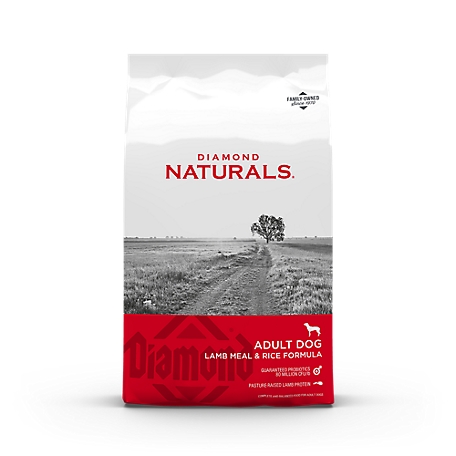
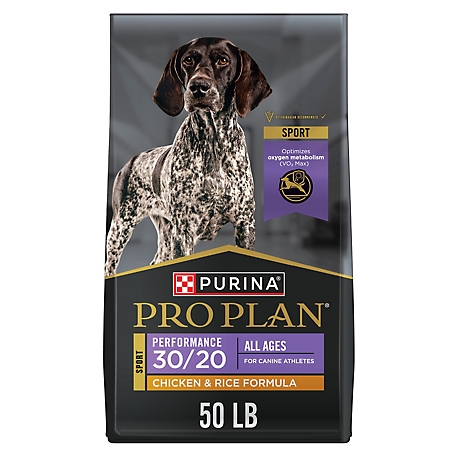
by Evelyn
I just got this for my dog 2 weeks ago due to him wanting to eat my chicken feed. And he loves it! I’ve never seen him so excited to have breakfast and dinner served.😁 He runs for it.
by Shannon
My dogs love Loyall Life & I like feeding it to them because of it’s healthy.
by Don
Dogs seem to enjoy and I like the ingredients.
by Sara
I have 8 dogs of all different ages and this has been a hit with all of them.
by Kathy
Our dogs love this dog food and it has all the nutritional values we were looking for.